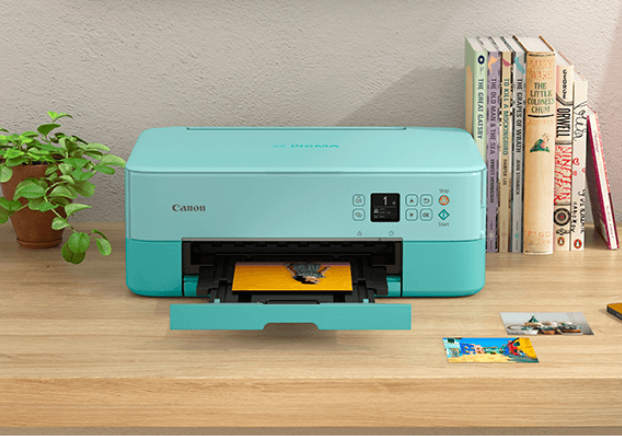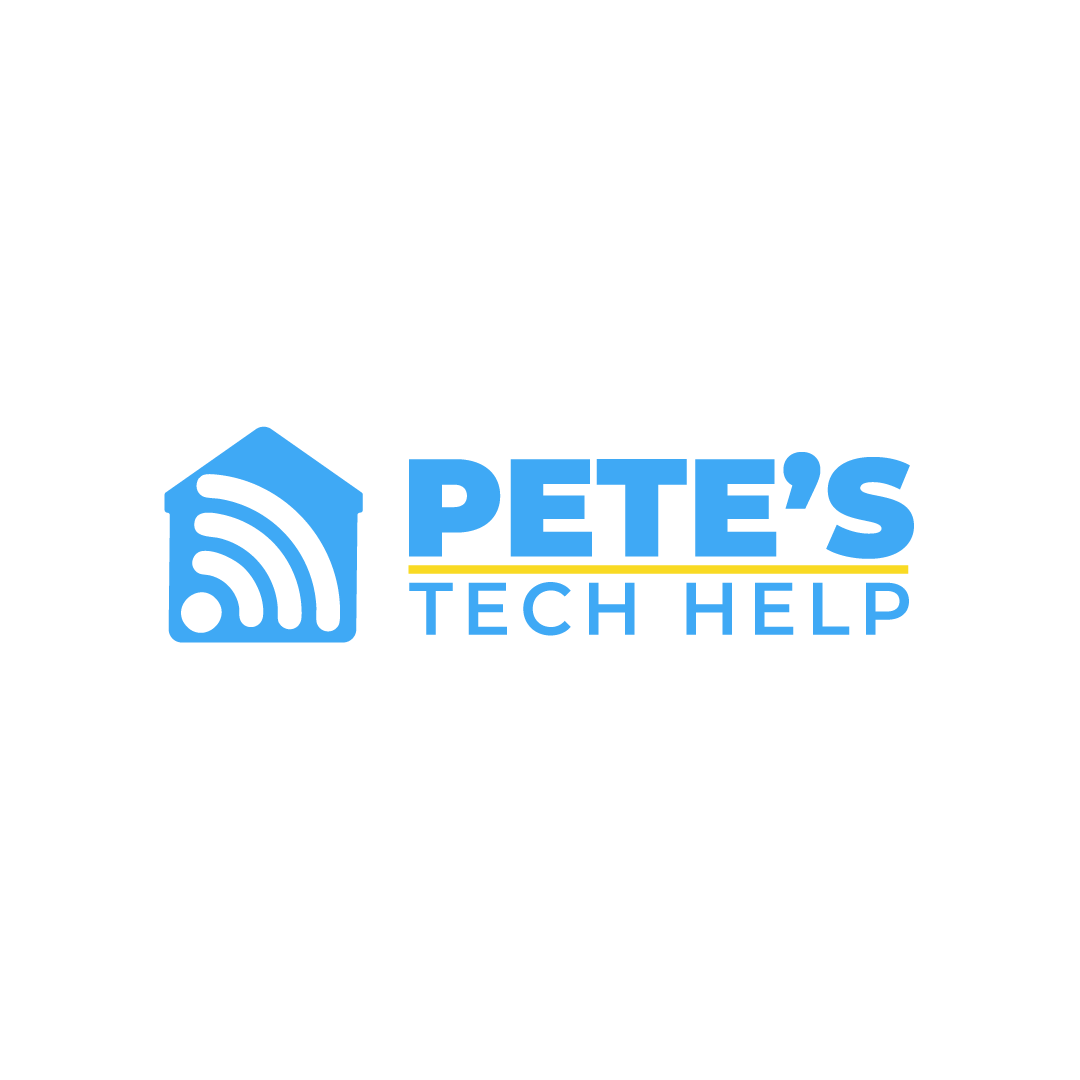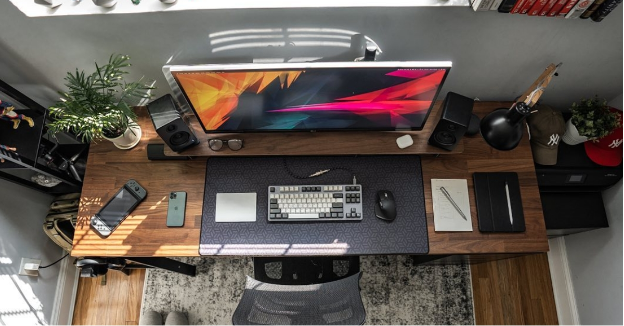
How to Choose the Best Home Printer for Your Needs in 2025?
Until you start considering all the possibilities, buying a home printer seems straightforward. Inkjet or laser? Either an all-in-one or single-function? High-end or low-cost? Your intended use of it will determine the correct decision. Here is some knowledge you should have before deciding.
1. Inkjet vs. Laser: Which One is Right for You?
The major choice boils down to inkjet or laser. Both have advantages, but one will fit your requirements more than the other.
- Inkjet Printers: If you frequently print photos or vibrant color documents, an inkjet printer like the Epson EcoTank ET-3850 is a great choice, offering high-quality color prints with lower long-term ink costs. For occasional printing usage, inkjet printers provide the best value because they serve photos and vivid documents effectively.
- Laser Printers: For users who mainly produce black-and-white documents laser printers deliver better speed along with lower long-term costs. Due to its longer lifespan than ink cartridges, the toner stands as a suitable solution for people who regularly require printing services.
Assess your printing habits to make a proper choice.
2. Single-Function or All-in-One?
Printing devices differ between basic printing instruments and models that integrate scanning and faxing functions alongside copy operations.
- Single-Function Printers: Single-function printers provide both reduced costs and minimal space requirements. For users who require basic prints without additional functions, this printer model would be optimal.
- All-in-One Printers: If you need scanning, copying, and faxing along with printing, consider an all-in-one printer like the HP OfficeJet Pro 9015e, which provides multifunction capabilities for home offices and busy users. Home workers and people who manage regular paperwork might benefit from buying an all-in-one printer.
3. Ink Costs and Long-Term Expenses
Printers feature expenses beyond their initial purchasing cost. Toner cartridges combined with ink cartridges create expensive ongoing expenses.
- Standard Ink Cartridges: Standard ink cartridges are both costly to buy and provide limited printing duration.
- High-Yield Cartridges: For users who print regularly, high-yield cartridges like the Brother TN760 High-Yield Toner offer more prints per cartridge, reducing long-term printing costs.
- Ink Tank Printers: Tanks serve as the printing fluid components instead of disposable cartridges in these models. Edin printers require a higher acquisition cost yet provide the most budget-friendly printing expenses per printed page.
Trading off printing with low ink replacement costs should become your top priority if your daily printing volume is heavy.
4. Connectivity and Compatibility

Modern home printer requires more than just a quick USB connection setup. Think about how you want to print:
- Wi-Fi Printing: Printing becomes possible from any point in your house with this feature.
- Cloud Printing: Works with Google Drive, Dropbox, and other online storage services.
- Mobile Printing: Today's printers use apps to let users print from devices like smartphones and tablets.
- USB and Ethernet: To access a wired connection, you should check that your printer includes these options.
Most modern printers support wireless printing, but be sure to choose a model with Wi-Fi Direct or AirPrint for seamless printing from mobile devices. The Canon PIXMA TR8620a is a great option for home users looking for extensive connectivity options.
5. Print Speed and Quality
The print speed function becomes a priority only when you require frequent high-volume printing. The choice becomes important when you need to print volumes of pages.
- Print Speed: PPM stands as the measurement standard for print speed. For fast and efficient printing, a laser printer like the Brother HL-L2350DW delivers up to 32 pages per minute, making it a great choice for high-volume printing.
- Resolution: Photography enthusiasts should search for a printer that offers high resolution because their photo printing volume is considerable. The higher the DPI, the sharper the print quality.
Consult the reviews to learn about a printer's performance in practical settings.
Final Thoughts
Your needs will determine the best home printer for you. An inkjet could be good if you print seldom. If you print often, a laser printer might save money. And if you need copying and scanning, an all-in-one printer could be the best fit.
Spend some time considering the most often printed items you produce. A little study now will save you money and aggravation down the road.



